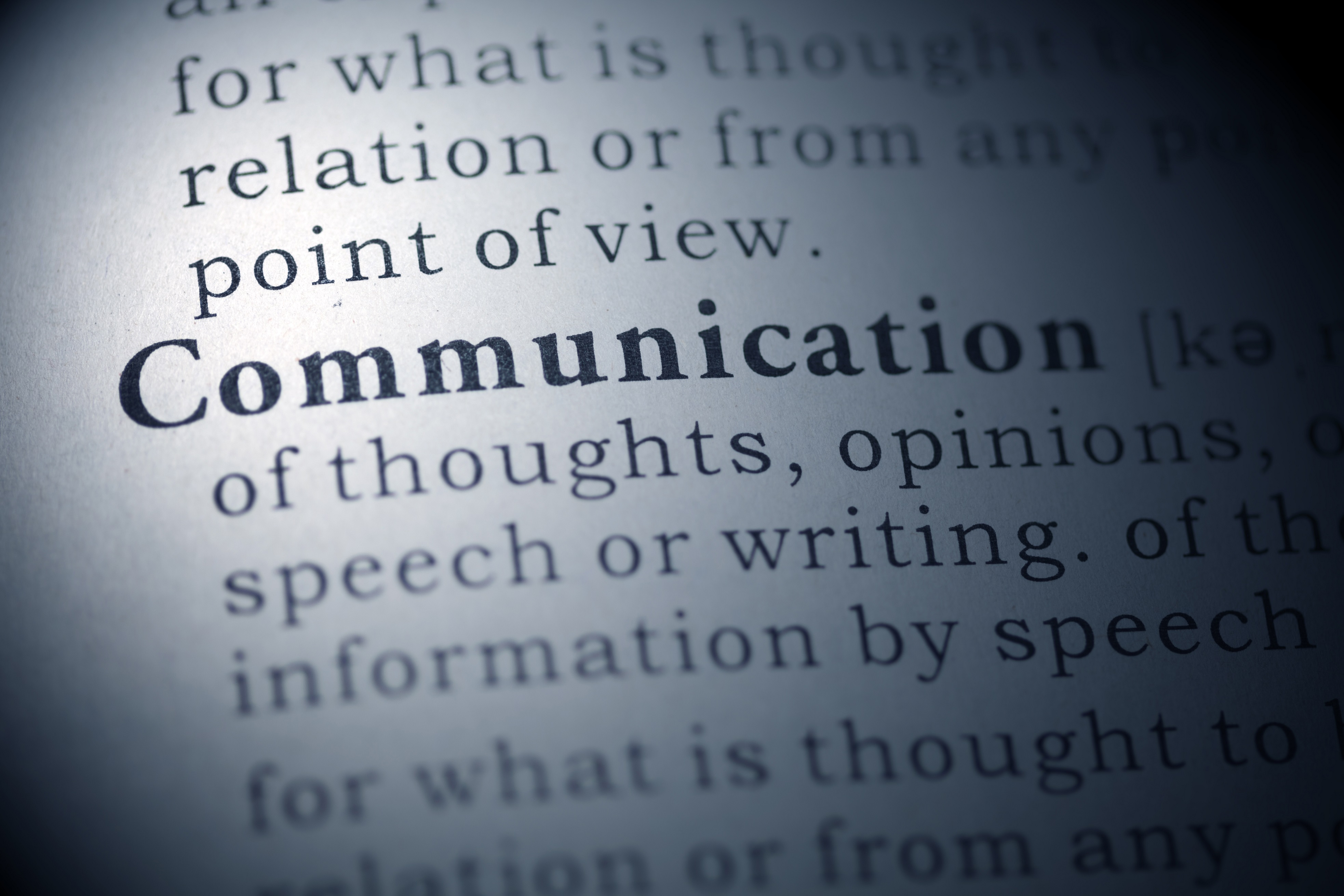How to write for an online audience
 Content
Content  The web is an open book for online writers of every calibre. However, as the internet has overtaken traditional print journalism in terms of the sheer volume of current content, it has become more difficult to maintain a level of quality.
The web is an open book for online writers of every calibre. However, as the internet has overtaken traditional print journalism in terms of the sheer volume of current content, it has become more difficult to maintain a level of quality.
Writers based online are required to consider the different demands of the digital audiences and tailor their content towards them. Although web journalism is a wholly different beast to print journalism, it does not mean that internet content is substandard in comparison.
So what makes the web so different in terms of readership?
Readers will generally spend less time reading online articles, as compared to offline publications such as newspapers. A new study by London’s City University found that in 2011, printed content dominated online in terms of time spent reading, “at a rate of nine to one.”
Structure your content
As reading from a bright computer, smartphone or tablet screen is much more tiring on your eyes, we have come to consume online news much more quickly than we do when reading print. Online audiences will simply scan through content for vital information, often failing to read the entire article from beginning to end.
In order to provide your readers with quick results and avoid losing their attention before you’re able to get your point across, make sure to put the most important information at the start of your article. You can also use descriptive subheadings, bulleted lists, bold or linked text appropriately to make certain items on the page stand out.
Make it interactive
The online platform offers the advantage of interactivity over traditional press. Links, video and audio content can all help to bring your article into a different dimension, while capturing reader focus.
Feature a hyperlink to another article or a study to back up your point. Include an image of a famous figure’s social network posts on a topic, or add a video of a broadcast news feature on your story. Make sure to use these strategically though otherwise, they can end up cluttering the page and distracting your reader.
Keep it concise
The difference in attention spans between offline and online audiences means that breaking up the article is paramount. Online content is highly visual, so using images is an ideal way of doing this.
However, you should always try to stick to short and concise content. Follow George Orwell’s rules for effective writing. Never use a long word if a short world will do, cut out any words that aren’t necessary and avoid using jargon.
An online article is not a place to experiment with flowery language or to show off your extensive vocabulary. Your content exists to relay information or promote a certain brand or product to your reader. Keep it simple and your content will remain effective.


